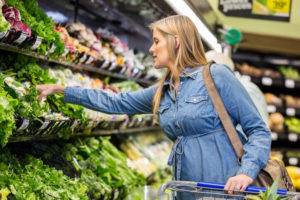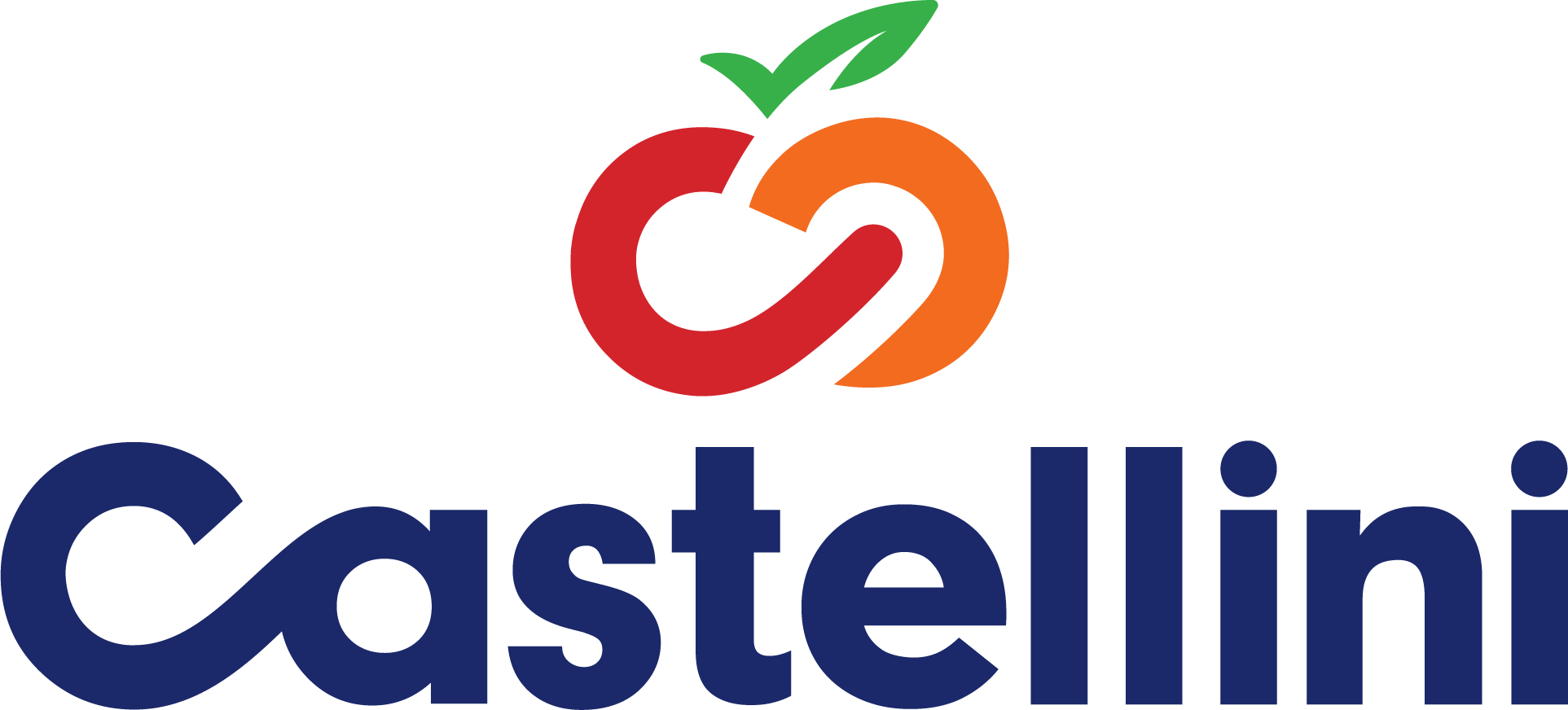
Source: Organic Trade Association
Organic food sales grew +8.4% in 2016, reaching $43 billion and 5.3% of total US food sales. Organic fruits and vegetables grew at the same rate, and are the number one organic food segment at $15.6 billion, 36.3% of all organic food sales, and 15% of total produce sales. This organic food growth rate compares to +.6% for total food and +3.3% for total produce. Increased household penetration and purchase frequency, as well as greater product availability, are driving growth. As the primary point of entry into organic food for most consumers, organic produce is no longer a niche…it’s an essential part of a comprehensive department assortment, a key point of differentiation when well-executed, and a juggernaut of opportunity.
Millennial parents are the driving force behind the growth of organic produce. Millennials, those born between 1980-2000, are now young adults. They are the largest segment of the workforce, have significant purchasing power, are establishing their own purchase and consumption habits, and starting families. Today, 25% of Millennials are parents, and they represent more than half of all organic buyers in the US. Over the next 10-15 years, 80% of Millennials are expected to become parents, which will accelerate growth even further. Millennials are also more likely to have grown up with organic food in the house; even 33% of those without children often include organic food as part of their lifestyle.

Why does this generation choose organic? They believe it’s part of being a better parent because they are making a healthy and nutritious choice for themselves and for their children. They express concern over the effects of pesticides, hormones, and antibiotics in their children’s diets and try to avoid processed foods and artificial ingredients. Organic produce is a key component of vegan, vegetarian and plant-based diets which are on the rise. The increasing awareness of the role food plays in preventing and/or managing diabetes, blood pressure, and heart disease has also spurred growth. Millennials insist on transparency and want to know the story behind their food. For them, organic and the USDA organic seal represent integrity and trust.
Millennials average 2.7 servings of fruits and vegetables per day, more than previous generations. However, they are more likely to eat produce as a snack throughout the day vs. as part of a meal. Digital natives, they shop on-line for groceries and meal kits and turn to the web for information and inspiration. They are less likely to use weekly advertising circulars to shop, but instead are heavily influenced by restaurant trends, food bloggers, recipe websites, and recommendations from family and friends. They frequently purchase additional produce items on impulse.
Catching the Millennial wave of organic produce opportunity. To support the increasing demand for organic produce, supply must be plentiful, reliable, and affordable, while maintaining the transparency, integrity, and trust in organic production and certification across the value chain. In addition, here are some other action steps that can help you make the most of this opportunity and spur even greater organic produce growth:
- Optimize the assortment of both organic and conventional produce based on shopper demographics, sales analysis, restaurant trends, and new product opportunities.
- Create and capture impulse purchases with eye-catching displays that are fully stocked, colorful, and fresh.
- Leverage people, packaging, and signage to encourage trial and usage. Make sure produce department personnel are knowledgeable and can help shoppers with unfamiliar items and preparation options.
- Educate consumers on how to select, store, and use produce items.
- Make snacking options, multiple package sizes, and bulk products available to meet the needs of various household sizes and meal/eating occasions.
- Create opportunities to capture, post, and display product reviews: generate reviews via product sampling; make reviews available on-line, via mobile apps, and in store at point of sale.
- Connect with Millennials online: tell the story of products from field to plate, share restaurant and food trends, provide recipes, share reviews, and more.
- Millennials are driving the growth of alternative channels, including specialty organic stores and farmers’ markets; be prepared to meet them where they are.
Need help optimizing your organic produce offering? Contact us. Our centralized procurement team and extensive grower and customer network allow us to maintain a reliable, always-fresh inventory of regionally and seasonally best certified organic fruits and vegetables from the most recognized growers here at home and around the world. Our volume and velocity means you can delight your shoppers with the freshest organic produce available every day. To ensure your organic produce program is successful, we work with you to customize a total program from field to store, including next-day delivery, cross-dock solutions to complement existing produce programs, ripening and repacking, merchandising training and tools and more.
